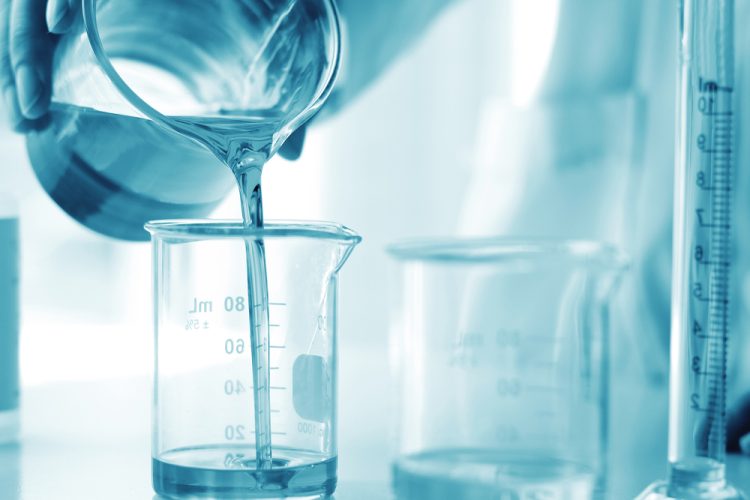The global green hydrogen market, valued at roughly USD 7.98 billion in 2024, is on track to grow to about USD 60.6 billion by 2030, propelled by steep declines in renewable energy costs, advances in electrolysis technologies and intensifying decarbonisation efforts across industry and transport.
Projections indicate a compound annual growth rate of approximately 38.5 percent through 2030. This forecast assumes that many announced projects will reach fruition—a caveat worth noting given the widespread implementation gap in the green hydrogen industry.
A recent update from the International Energy Agency cut the 2030 outlook for low-emissions hydrogen to 37 million tonnes per year, nearly 25 percent below earlier estimates, citing cancellation of projects and policy uncertainty. The IEA nonetheless foresees the operating and committed capacity rising more than fivefold between 2024 and 2030 to over 4 million tonnes annually.
Growing government incentives remain central to this expansion. In Europe, Air Liquide and TotalEnergies have pledged over €1 billion to develop large-scale electrolysis facilities powered by offshore wind, targeting 200 MW and 250 MW plants. Meanwhile, Spain’s Repsol lowered its 2030 electrolysis target by as much as 63 percent, citing high capital costs and market sluggishness, underscoring the fragile balance between ambition and fiscal realism.
Technological innovation is reshaping competitiveness. Analysts expect production costs for green hydrogen to fall between 60 and 80 percent by 2030, ushering in price parity or close to parity with grey hydrogen in some regions. Electrolyser cost reductions, improved energy efficiency, and economies of scale are the main levers driving this decline.
Academic work underscores the structural challenge ahead: only about 2 percent of announced hydrogen capacity globally is built on schedule, raising doubts about whether the sector can meet its lofty targets without vastly greater public support.
China currently commands about half of global green hydrogen production capacity; in 2024 it added nearly 48,000 tonnes of capacity. Southeast Asia, by contrast, is emerging from the fringes: its low-emissions hydrogen production capacity is projected to reach 430,000 tonnes per year by 2030, up from about 3,000 tonnes today.
On the industrial front, interest in hydrogen in steelmaking is generating headlines. Sweden’s Stegra is seeking roughly €975 million in fresh funding to keep its Boden plant on track, although cost overruns and state grant setbacks have prompted concerns over its longitudes; some analysts now warn of potential insolvency at the project level.
In India, the government is targeting a 10 percent share of global green hydrogen demand by 2030, allocating 862,000 tonnes of production across 19 firms to fuel both domestic decarbonisation and exports. In support, the state of Andhra Pradesh has recently formed a high-level panel to guide hydrogen investment and infrastructure development, while the ACME group announced plans for a 1.2 million-tonne-per-year sponge iron plant using green hydrogen.
Efforts to blend hydrogen into existing gas networks are also underway. In the UK, energy firms completed the first real-world trial injecting 2 percent hydrogen into the national grid to power a public electricity station, encouraging calls to raise blends to 5 percent to reduce carbon intensity in heating and power grids.

